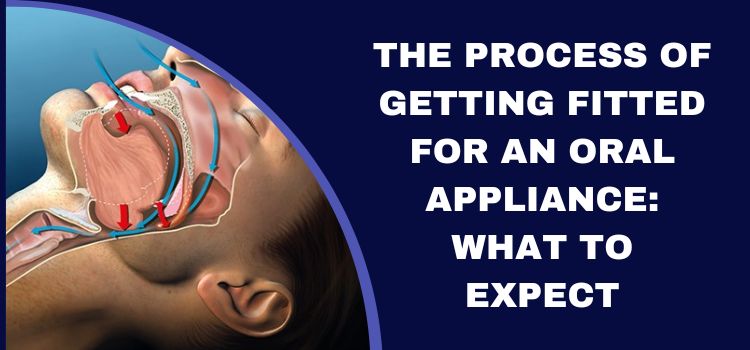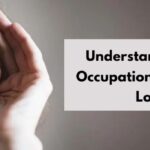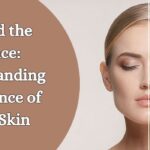Are you tired of snoring and being constantly fatigued? Perhaps you have tried several remedies, including changing sleeping positions and nasal strips, but nothing seems to work. You might be a candidate for an oral appliance, a mouthguard-like device designed to treat snoring and sleep apnea. Getting fitted for an oral appliance for sleep apnea is a simple process that involves a few steps. This article will walk you through getting fitted for an oral appliance and what to expect.

Step 1: Consultation with a Sleep Specialist
The first step in getting fitted for an oral appliance is to schedule a consultation with a sleep specialist. During the consultation, the sleep specialist will evaluate your condition and determine whether an oral appliance is suitable for you. The specialist will ask several questions about your sleeping habits and medical history. They will also examine your mouth and throat to determine the best type of oral appliance for you. In some cases, the specialist may request a sleep study to determine the severity of your condition.
Step 2: Customised Fitting
Once the sleep specialist has determined that an oral appliance suits you, the next step is to get a customised fitting. This step is essential to ensure the oral appliance fits perfectly in your mouth and effectively treats your snoring or sleep apnea. During the fitting, the specialist will take an impression of your teeth and gums using a special dental putty. The impression will be sent to a dental lab, where a customised oral appliance will be created based on the impression. It usually takes about two weeks for the oral appliance to be ready.
Step 3: Adjustment and Follow-up
Once the oral appliance is ready, you will be called for an appointment to have it fitted and adjusted. The sleep specialist will insert the oral appliance in your mouth and make necessary adjustments to ensure that it fits comfortably and effectively. After the adjustment, the specialist will give you detailed instructions on how to use and care for the oral appliance. They will also schedule a follow-up appointment to evaluate the effectiveness of the oral appliance and make necessary adjustments.
Oral Appliances for Snoring
Snoring is a common problem that affects millions of people worldwide. It occurs when air flows through your mouth and nose while sleeping, causing the tissues in your throat to vibrate, resulting in a snoring sound. Snoring can be a symptom of a more serious condition, such as sleep apnea, which requires treatment. Oral appliances for snoring are designed to keep your airway open while sleeping. They work by repositioning your lower jaw, tongue, and soft palate to prevent the tissues in your throat from collapsing and obstructing your airway. Oral appliances for snoring are easy to use, comfortable, and effective in treating snoring. They are also affordable compared to other treatments for snoring, such as surgery.
Oral Appliances for Sleep Apnea
Sleep apnea is a serious sleep disorder that affects your breathing while sleeping. It occurs when your airway is repeatedly blocked during sleep, causing you to stop breathing for a few seconds. Sleep apnea can lead to several health problems, including high blood pressure, heart disease, and stroke. Oral appliances for sleep apnea work by repositioning your lower jaw, tongue, and soft palate to keep your airway open while sleeping. They are an effective alternative to continuous positive airway pressure (CPAP) machines, which can be uncomfortable and noisy.
Oral appliances for sleep apnea are easy to use, comfortable, and portable. They are also effective in treating mild to moderate sleep apnea. However, they may not be suitable for severe cases of sleep apnea.
Related Post: Optimum Oral Hygiene in Downtown Vancouver
Choosing the Right Oral Appliance
Several types of oral appliances are available for treating snoring and sleep apnea. The sleep specialist will recommend the best oral appliance based on your condition and preferences. The most common types of oral appliances for snoring and sleep apnea include mandibular advancement devices (MADs) and tongue retaining devices (TRDs). MADs reposition the lower jaw and tongue, while TRDs work by holding the tongue in place to keep the airway open.
It is essential to choose the right type of oral appliance for your needs to ensure that it is effective in treating your condition. The sleep specialist will discuss the pros and cons of each type of oral appliance and recommend the best one for you.
Benefits of Oral Appliances for Snoring and Sleep Apnea
- Oral appliances for snoring and sleep apnea have several benefits. They are easy to use, comfortable, and effective in treating snoring and mild to moderate sleep apnea.
- Unlike surgery and CPAP machines, oral appliances do not require anaesthesia, hospitalisation, or significant lifestyle changes. They are also portable and easy to travel with, making them ideal for people who travel frequently.
- Oral snoring and sleep apnea appliances do not have significant side effects compared to other treatments. The most common side effects include mild discomfort, dry mouth, and excessive salivation, which usually subside after a few days of use.
Conclusion
Getting fitted for an oral appliance is a simple and effective way to treat snoring and sleep apnea. The process involves a consultation with a sleep specialist, customised fitting, and adjustment and follow-up. Choosing the right type of oral appliance for your needs and preferences is essential to ensure that it is effective in treating your condition. Oral appliances have several benefits, including being easy to use, comfortable, and portable, with minimal side effects. If you suffer from snoring or sleep apnea, consider getting fitted for an oral appliance today. It may be the solution you have been looking for to get a good night’s sleep and improve your overall health and well-being.






Leave a Reply